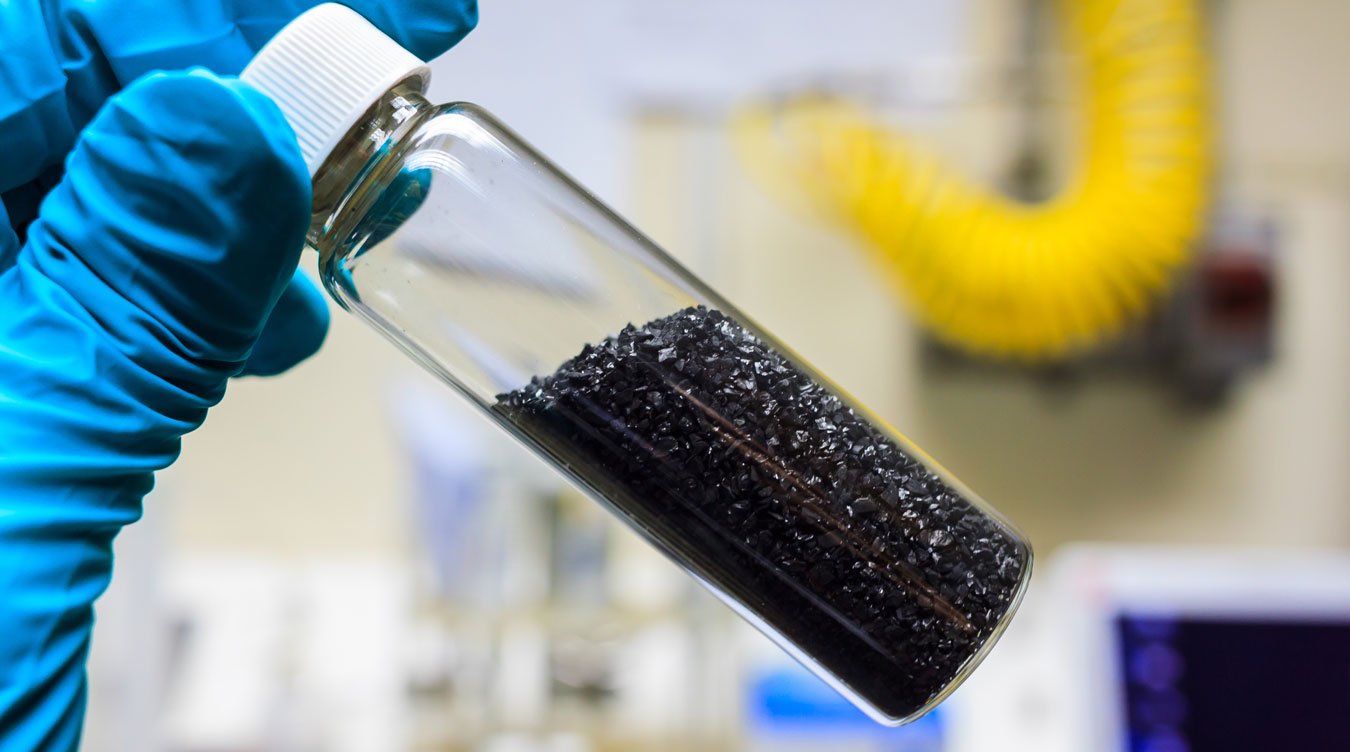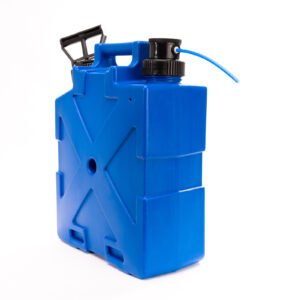Activated Granular Carbon: An Ancient Filtration System
Activated granular carbon is more than just a filtration system: it’s an ancient tradition. Activated carbon was used as far back as 1500BC when Egyptian doctors used it for medical purposes. Later, in World War One, the Allies used activated granular carbon in gas masks. Today, however, activated granular carbon is mostly used for water filtration systems.
How can we help to provide safe drinking water from tap?

Activated carbon removes water bourne contaminants for two fundamental water cleansing processes. It enables as a catalyst as well as an absorption. The absorption uses the positively chared ion in the activated carbon t attract the negative ions of the organic contaminants. This is why there is a limited lifespan of activated carbon and become ineffective after a reasonable short period of time. The catalytic reduction aspect of the process reacts to naturally occurring chloramines, chlorine and other residual disinfectants
Activated granular carbon filtration systems work in two ways: adsorption and catalytic reduction. The absorption process is simple. Organic compounds are absorbed into the carbon filter, purifying the water. The higher the level of carbon, the better the filtration system works, and the fewer microns of water will slip through. Activated granular carbon can filter to as many as 20 microns or as few as 0.5 microns, so the effectiveness is dependent on the particular filtration system.
Lets try to reduce the pollution into our environment.
Any residual pollutants that aren’t removed by adsorption may be removed by catalytic reduction. The catalytic reduction can reduce or even remove residual disinfectants like chlorine. In simple terms, a chemical reaction occurs whereby electrons are transferred from the activated granular carbon surface to the residual disinfectant. In other words, the negatively-charged contaminant ions are attracted to the positively-charged activated carbon.
Just do you want to know how good it is as a filtration system? Fair enough. Activated granular carbon can reduce bad tastes and smells, and does improve the quality of the water. While it’s great for some things, but isn’t reliable as a primary home filtration system or travel water system.
Often, activated granular carbon is used as a pre-treatment before reverse osmosis filtration, effectively removing organic products, giardia, and cryptosporidium. Reverse osmosis involves pushing water under high pressure through a membrane to trap all the contaminants. Although it does effectively remove contaminants from the water, it does it almost too well, removing everything and often affecting the taste.
Although both activated granular carbon and reverse osmosis will provide access to clean drinking water, neither are perfect.
It is more reliable to go for a microfiltration system, like Sure Aqua. Unlike reverse osmosis, microfiltration is completely sustainable: no water is wasted, no electricity is expended and no chemicals are used.



